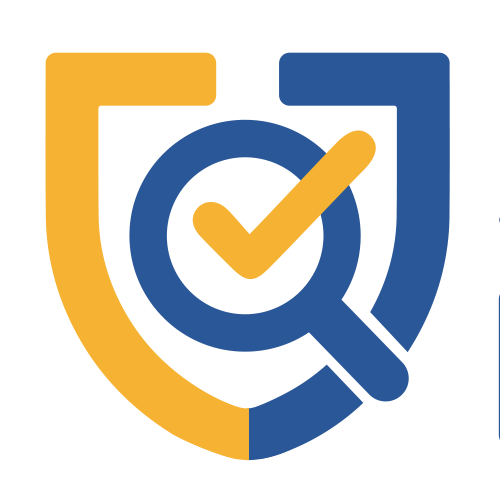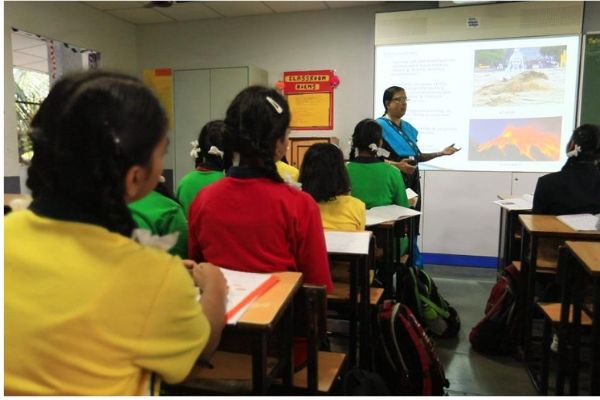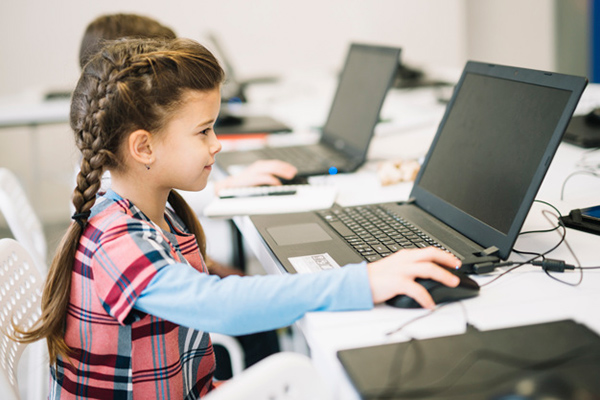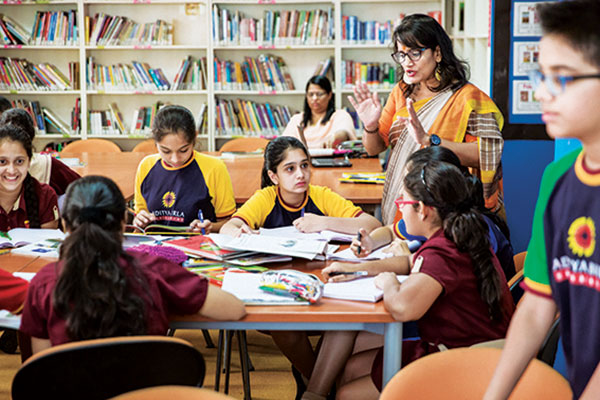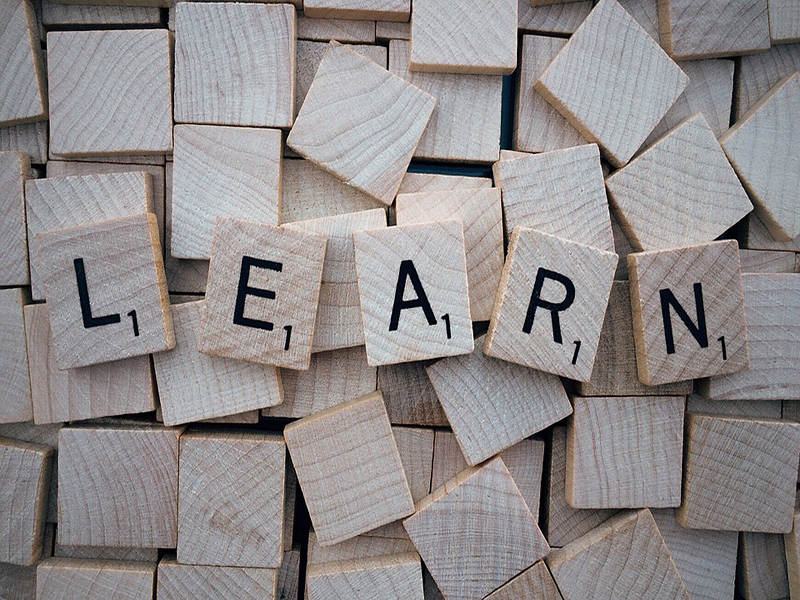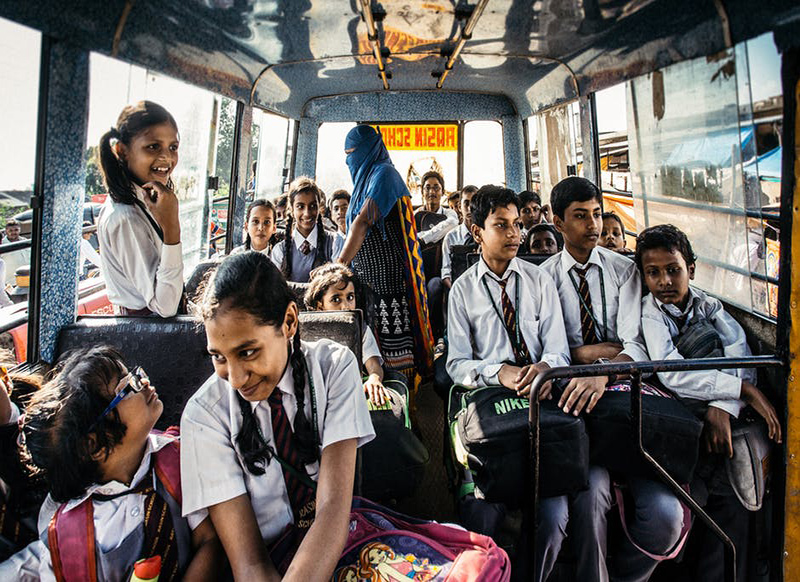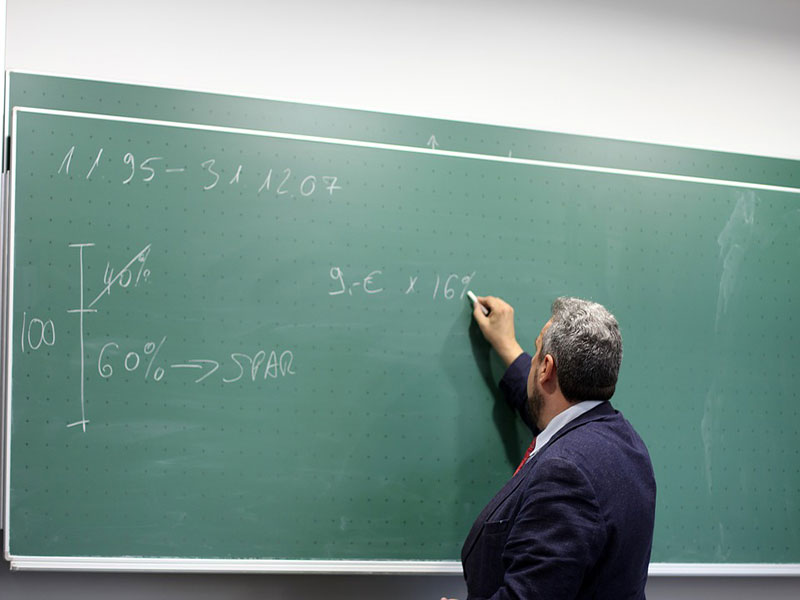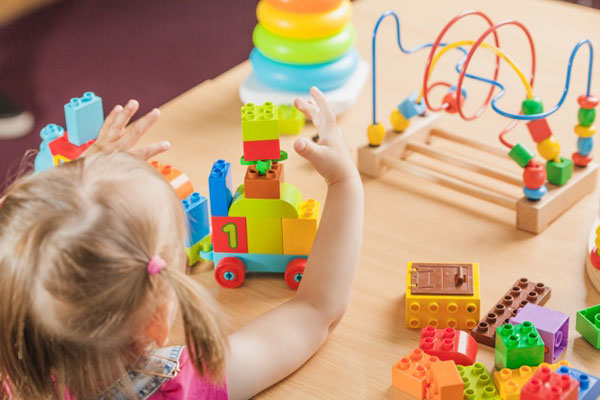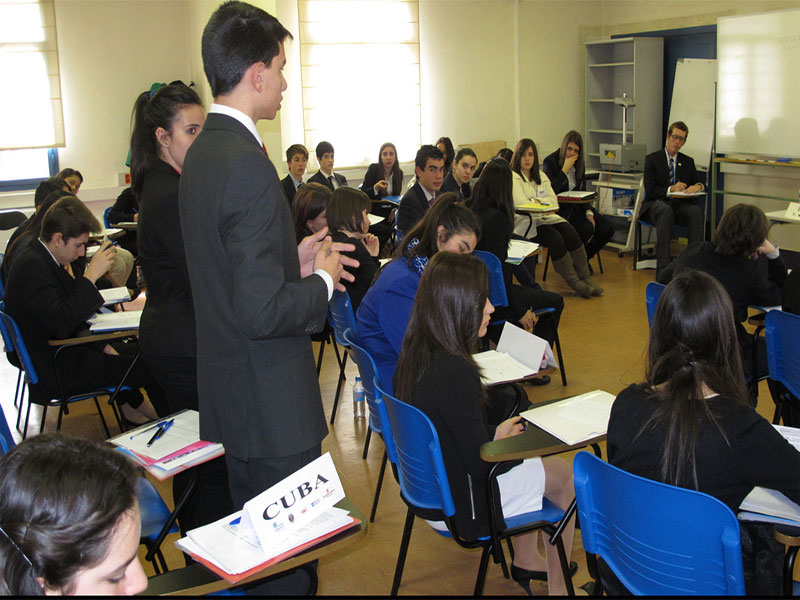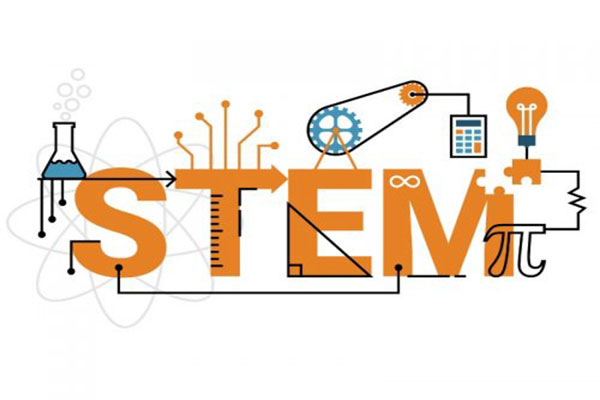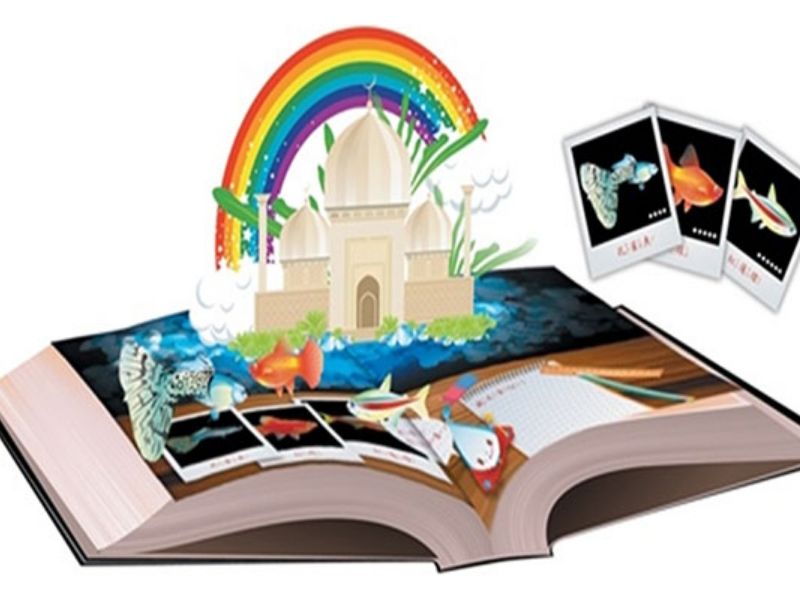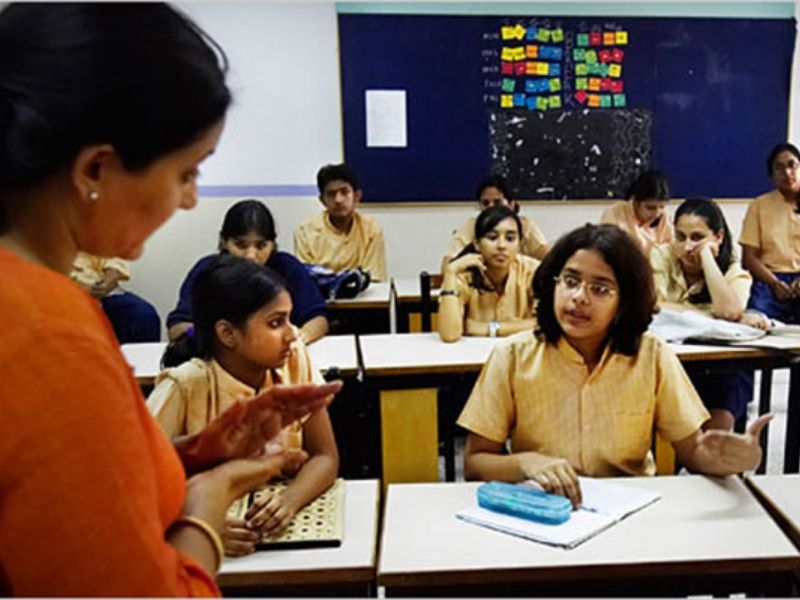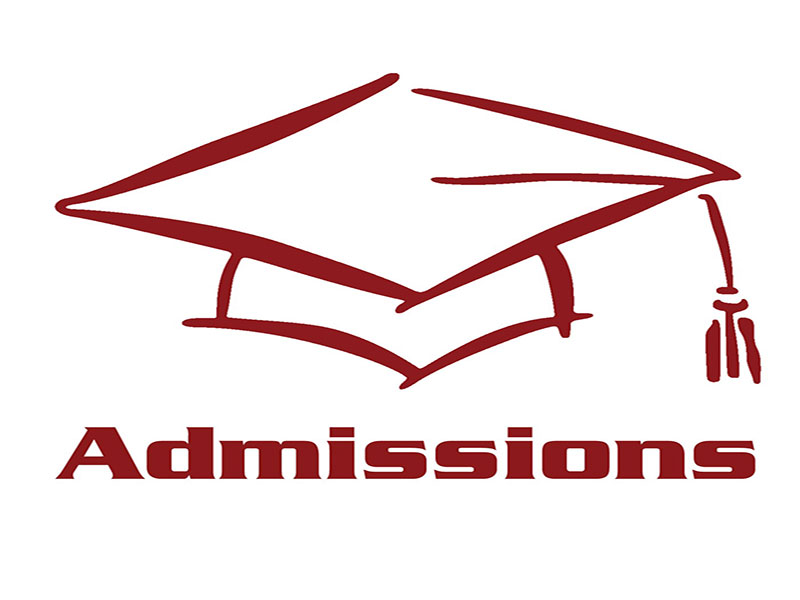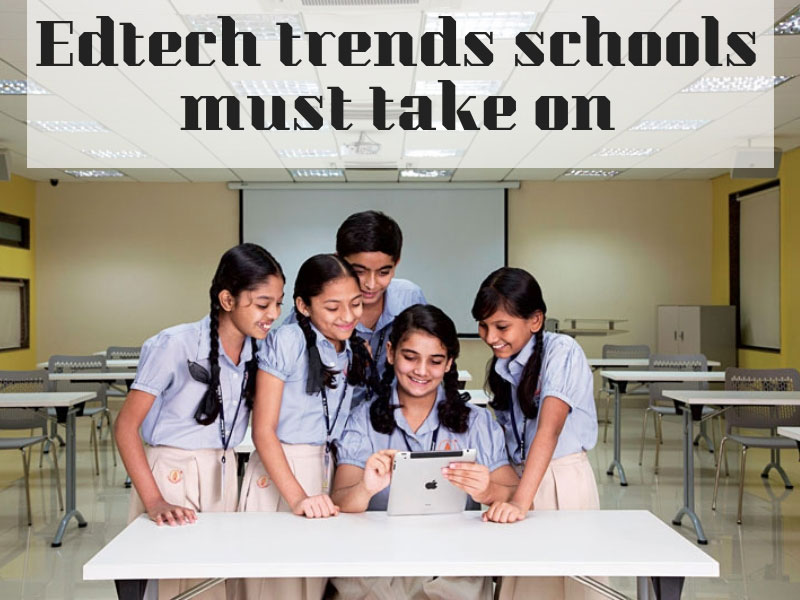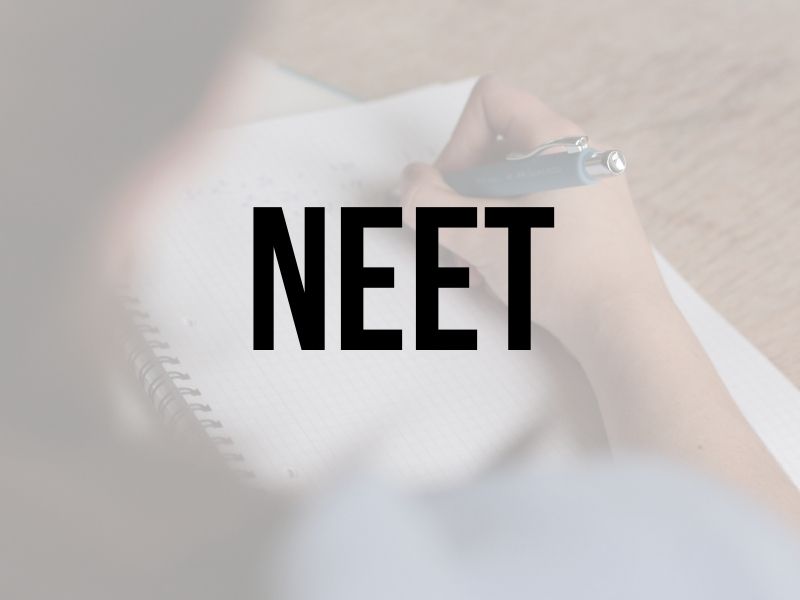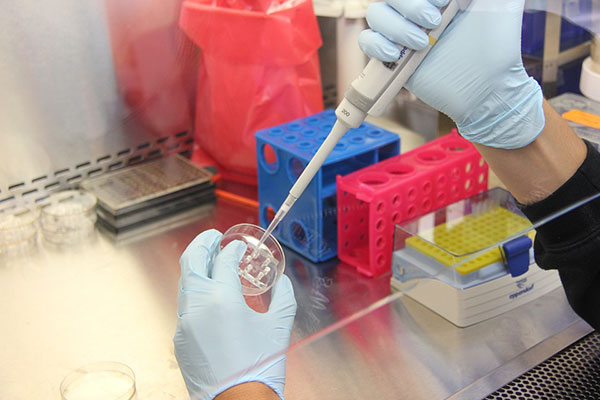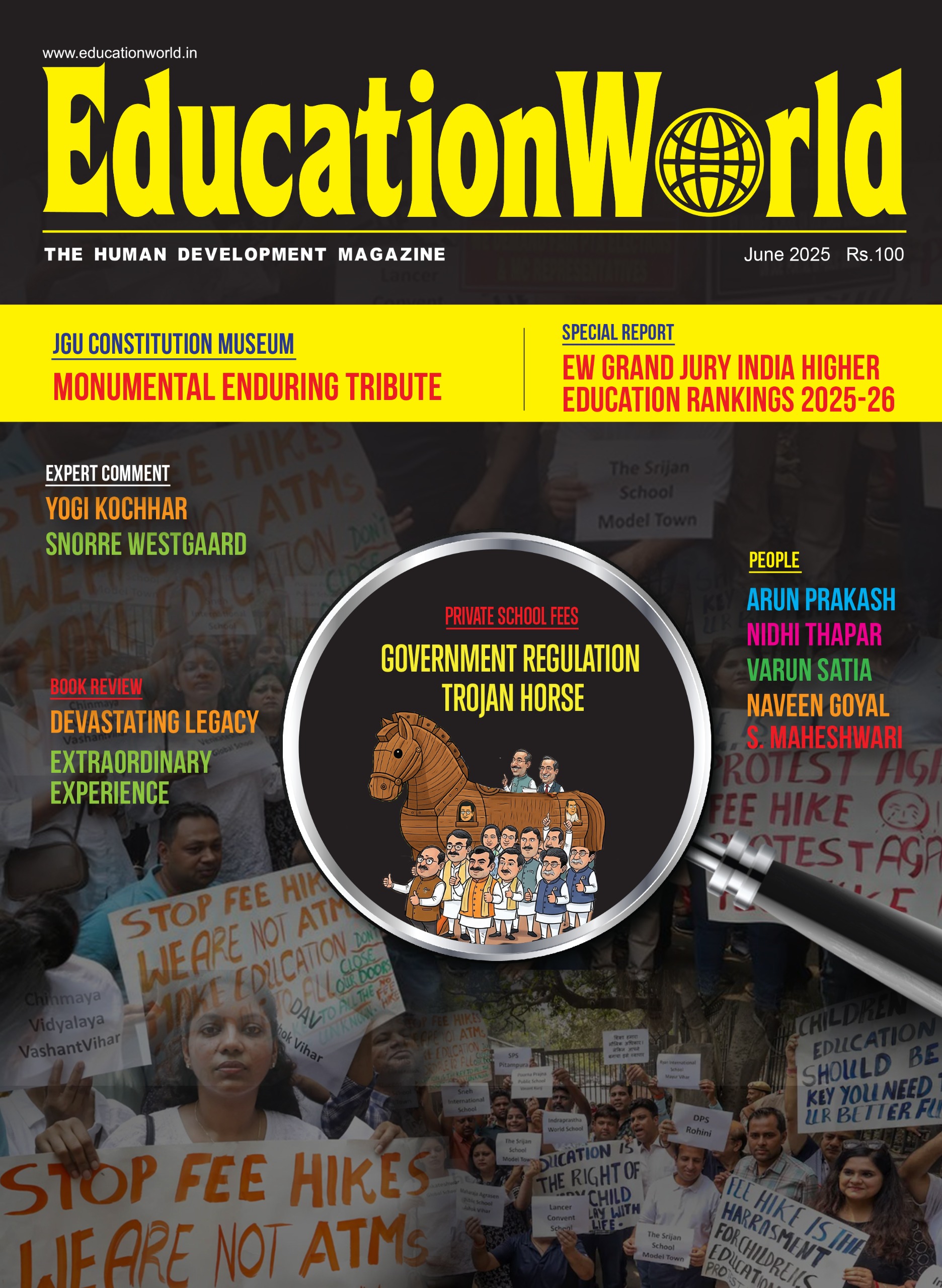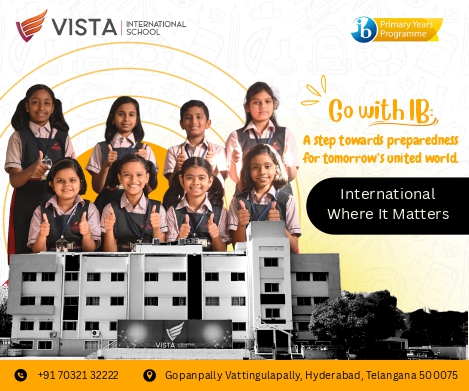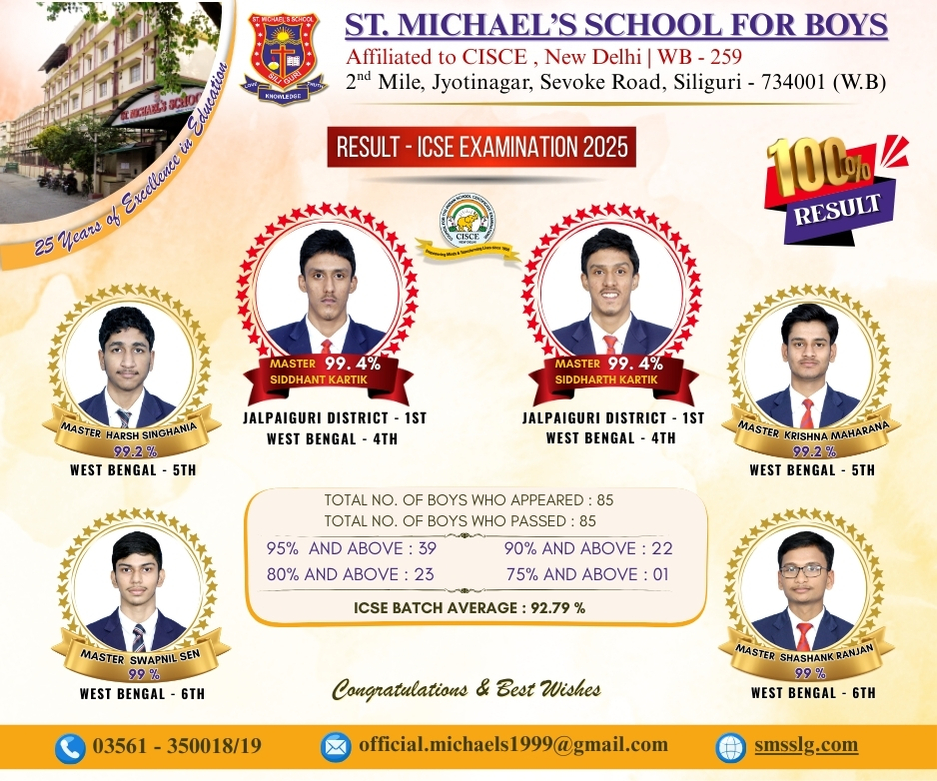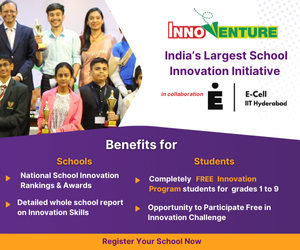Resources
Teachers Resources
Learning trends that are set to shape the future of education
With technology advancing at a rapid pace, it has influenced every sector, and education is no exception. By 2025, one-third of the global population is going to be made up by the youngest generation: Generation Alpha, also known as the iGeneration. Generation Alpha is considered to be the children born between 2010 and 2025. This will be the first generation entirely born in the 21st century. These children are considered to be the most technologically savvy demographic cohort till date.
Teachers Resources
Managing aggression in children: Expert advice
We exhibit aggression under various situations, threats and pressures. As adults we have better control over their negative impulses, but children lack the ability to express their anger in non-violent ways. Younger children vent their aggression through violent behaviors such as kicking, biting, and hitting. While older children express their aggression through bullying, fighting, and teasing. It has become imperative for educational institutions to employ different strategies to curb aggression in children.
Teachers Resources
Countering violence through Brain-Based Approach to Peace
With the shifting geopolitical landscape and the rise of terrorist nation-states, conventional approaches to conflict resolution and nuclear deterrence is becoming increasingly ineffective. The threat of nuclear retaliation has failed to rein in terrorist groups and suicide bombers who are willing to sacrifice their own lives to wreak destruction upon their political and religious rivals.
Teachers Resources
The future of workplace and technology
Over the last few decades, we have witnessed a monumental wave of changes at the workplace and paradigm shifts in technology. Automation at the workplace, driverless cars, and robots performing surgery has become a common phenomenon. Not only have the ways in which we work changed with the advent of automation but there have been changes in job roles. Conventional clerical or repetitive jobs have been replaced with smarter variants which require more of human intelligence and analytical power than physical strength. Repetitive jobs could soon be taken over by automation or robots, it is only a matter of time.
Teachers Resources
Technology in Education: Boon or Bane?
Technology – in the form of gadgets and applications – has penetrated every sphere of our lives. Young and old alike use technology for every task, from the mundane to the profound. There’s a gadget for this, there’s an app for that – we commonly hear these words in everyday conversation. It is no surprise then that the field of education has come under the same onslaught.
Teachers Resources
Is education untouched by experiential marketing?
It goes without saying that technology has enabled unprecedented changes in every possible field. The world we live in, devoid of machines would probably look like Christmas without the lighting. As of late, experiential marketing has lit up the scene with its innovative approach that every now and then sends shockwaves in the market. That’s what it does, it delivers. It has managed to infiltrate most avenues and industries so far. So let's discuss experiential marketing’s contribution to education and healthcare.
Teachers Resources
Why revolutionising education should be a national imperative
Pedagogies become obsolete when they continue to focus on ‘what’ they teach rather than ‘how’. Indian education has suffered for decades on this score because the purpose of education has never envisaged fostering curiosity and creativity as being critical to education but in knowing facts and information. We teach our kids to ‘memorise’ instead of ‘to understand’.
Teachers Resources
Top 10 learning trends of 2019
Today, we are witnessing industries undergoing a disruption with a rapid convergence of technologies. These constant changes are making competencies in workforce go obsolete leaving lifelong learning as the only feasible option. On the other side, the Gen Z has a set of unique behavioural attributes which is shaping the needs of education industry and pushing them to develop ways to deal with them.
Teachers Resources
How AR/VR is redefining the teaching-learning process
New-age teaching experts believe that learning a concept from a textbook does not effectively explain it or facilitate easy comprehension. For example, certain subjects or concepts can be better understood through laboratory experiments, field trips, and three dimensional (3D) models, etc. AR/VR technologies thus introduce immersive and interactive experiences in the classroom to facilitate learning and knowledge retention.
Teachers Resources
Gamification: Complex into simple, boring into exciting
Authored by Archana V, business partner, communications & engagement, dunnhumby India
Teachers Resources
Enabling teachers to practise inclusion
S Gayathri, senior technical specialist – education at CARE India.
Teachers Resources
Need for innovation in early childhood education
Authored by Prajodh Rajan, co-founder and group CEO, EuroKids International.
Teachers Resources
The advent of Smart School in the next decade
Archana Goenka, trustee and academic director, C P Goenka International School.
Teachers Resources
Learning mathematics the fun way
The part that I have always cherished as an educator for the last three decades is interacting with students. Each student is like a snowflake that is unique, unmatched, different and each of them has a bearing which intrigues and inspires. Walking into classrooms is therapeutic for me because it is that fertile space where knowledge is cultivated and minds are enriched. However in this field you often come across students with questions that compel you to think what is education? Recently, as I walked into one of the Math classes in my school, I noticed a student looking unconvinced about what was being taught. As I approached him, I could sense that he is pretending to hear and understand what the teacher was saying. I asked him to come out and meet me and as I started my discussion with him, I could sense that the teacher had clearly not connected the topic well for children to understand its relevance.
Teachers Resources
How co-curricular education supplements classroom learning
Education being a seamless exchange of interchanging knowledge and character is not limited to only homework and classroom. It assembles one's identity and holds power to transform capabilities into abilities for students. Co-curricular activities are activities that go hand-in-hand with the classroom curriculum thereby augmenting the overall development of the child.
Teachers Resources
How educational institutes can help students make informed loan decisions
To succeed in today’s business landscape quality education is a must. It is equivalent to graduating from top institutions. For students who want to pursue higher education like an MBA, the first step is to crack one of the many MBA entrance exams conducted in India. However, there is more to higher education than preparing for entrance exams. In fact, we can go so far as to say that clearing an entrance exam is only the first step towards enrolling in your dream university. Perhaps the most important aspect and oftentimes obstacle to pursuing quality higher education is the ability to pay the exuberant fees. That is when education loans come in.
Teachers Resources
Impact of online learning on school education
Online education has gained immense popularity among working professionals and students pursuing higher education. These categories of online learners find immense benefit in the autonomy and flexibility that these courses offer. Online courses can be planned around their schedule which may include full-time employment, internships and caring for family. Online learning can also help them take out some quiet time to study.
Teachers Resources
Need for skills focus and innovation in India’s education sector
Every sector in India Inc is going through a phase of rapid change in the way it operates today. The industry is looking at hiring candidates who are not just well qualified but also highly skilled. The qualifications and skill requirements of young graduates is seeing a change too; students today are apprehensive about opting for an engineering or medical course as a first choice in higher education. The millenials are aware of the importance of skill development above and beyond an academic degree. However, liberalisation of the education sector, which is the need of the hour, is curbed by the highly short-sighted and inflexible rules and regulations adopted by the government. Education institutions should be given a free hand in the pattern of assessing students; written examinations that test textbook knowledge are passe, today educators are looking to assess students with a more practical and research based approach. A technical course such as hotel management needs to focus on the latest developments in the industry today. The Food and Beverage industry is witnessing new trends today such as:
Teachers Resources
Why STEM Education is the pathway to tomorrow
In order for children to become the leaders of tomorrow, it is highly essential for them to be proficient in these fields, besides possessing critical thinking abilities, knowledge of engineering design processes, a high creativity quotient, and problem solving skills. When taught to children early on in their lives, STEM can instil in them a healthy interest in not just gathering knowledge about predefined subjects, but even in exploring, questioning, and discovering everything they cannot understand.
Teachers Resources
Role of Artificial Intelligence in 21st century classrooms
With Artificial Intelligence (AI) making rapid inroads into the global education space, today’s youth are as much in awe of AI as they are keen on leveraging the technology to enhance their learning experience. Given that AI is based on a complex programme built to mimic the cognitive functions between two human brains, it comes handy around the problem solving premises of a learning structure. However, before we accept AI as an indispensable learning tool, we need to first understand the learning process and where and how AI could actually add value in this process.
Teachers Resources
Why STEM education is the pathway to a better future
Dr. Amrita Vohra, principal, Global Indian International School, Chinchwad.
Teachers Resources
The way forward for international schools in India
In an exclusive interview with EducationWorld, Mr Ian Davies, Head of Garodia International Centre for Learning Mumbai (GICLM) - which has recently launched the International Primary Curriculum (IPC) - talks about the way forward for international schools in India.
Teachers Resources
Future of augmented reality books
The battle between digital and print media is long over but publishers across the world keep harkening back to the time when physical books were the only way to discover and ingest new information. When figures released earlier this year by the Publishing Association showed that eBook sales had fallen by about 17 percent in the UK alone, it led to a lot of media frenzy. But a deeper analysis showed that the reason behind this decline is probably higher eBook pricing rather than a renewed demand for print books. Jonathan Stolper, president The NPD Group, also attested to this fact at the Digital Book World in January 2017.
Teachers Resources
Practical tips for introducing entrepreneurship in classrooms
- Sandeep Dutta, HOD, Business Studies, Tula's International School
Teachers Resources
Resolving the college admissions mayhem
Hysteria and confusion surrounding college admissions seems to have become the norm in India during the past decade.
Teachers Resources
The Era of the Teacherpreneurship
Teacherpreneurship is a combination of teacher and entrepreneurship, wherein the focus is on the teachers, who are ready to take risks, in making profitable learning experience for their students. It describes their relentless effort for the betterment of the education system. Teacherpreneurship is the mindset of the teacher to create something unique and innovative, based on leadership, both for profitable or non-profitable reasons. The teachers of Entrepreneurship or Business impart lessons to the students on how to incubate an idea and how to implement it. Therefore, the teacher is the right person to introduce entrepreneurship skills in the classroom, as teacherpreneurship is an expanded form of entrepreneurship, which adds value to the context of education and leads to an innovative and pioneering education system.
Teachers Resources
Top 10 Edtech trends that schools must take on!
Although most schools boast state-of-the-art facilities pertaining to technology, they must ensure their investments are optimally utilised and instrumental in effective learning outcomes.
Teachers Resources
Best websites for teachers
The internet is a great resource for teachers, as teachers, you find lesson plans, academic materials, suggestions, support and lots of information that can aid and assist your teaching. Below are websites for teachers you can harness for better and improved teaching:
Teachers Resources
Emergence of Cloud Technology in the Indian education sector
The idea of school and college education is changing in India. Gone are the dayswhen university education entailed sitting in classrooms for the major part of the day. Distance learning has heralded unprecedented changes in India's higher education landscape.Today, you have e-learning and personalised learning techniques as the newest flavour of the education industry.
Teachers Resources
Holistic development a must to make students future ready
Rising competition along with the aim to reach high, has prepared students to leave no stone unturned when it comes to getting into the best college. According to IOSR Journal of Research & Method in Education, the stakeholders in the education sector are not only required to nurture the students academically, but also nurture them holistically, in order to ensure that the students reach their goal. Students need to have a thorough understanding of the concepts and a formulated strategy, which is required to achieve high marks in competitive examinations. This is where coaching institutes play a vital role in a student's life. Many students enroll in a coaching institute at a very early age in order to expand the boundaries of their learning and prepare a strong foundation for their future. The responsibility of coaching institutes thus increases as they are required to ensure all-round development of the students.
Teachers Resources
Importance of collaborative learning in the classroom
A classroom is a microcosm of the universe, and a classroom is an excellent space to inculcate practices that can help students throughout their adult lives. As correctly pointed out by Henry Ford, Coming together is the beginning, keeping together is progress. Working together is success Students need to be made comfortable working in groups.
Teachers Resources
State government texbook howlers
•An English-medium class XII sociology textbook of the Maharashtra State Board of Secondary & Higher Secondary Education ascribes ugliness and handicap” as the main reasons why Indian parents have to pay dowry for the marriage of their daughters. If a girl is ugly and handicapped, it becomes very difficult for her to get married. To marry her, the girls bridegroom and his family demand more dowry. The helpless parents of such girls are then forced to pay up,” explains the author.
Teachers Resources
How edtech can aid the learning process
Creativity is dying a slow death as the Indian educational system emphasises rigorously on rote learning rather than critical thinking and problem solving,” says Mitsuyo Tamai, CEO of Japan-based tuition centre Kiwami.
Teachers Resources
7 tips to help crack NEET for droppers and repeaters
- Aakash Chaudhry, director, Aakash Educational Services Pvt. Ltd
Teachers Resources
Mapping the future education landscape of India
By 2025, India will have 119 million 18 to 22 year olds, which means India will be home to the largest student population in the world by then. Indias education institutes will face several challenges if they are to be able to meet the demand for courses of all types from vocational to academic and at standards acceptable to both students and the government.
